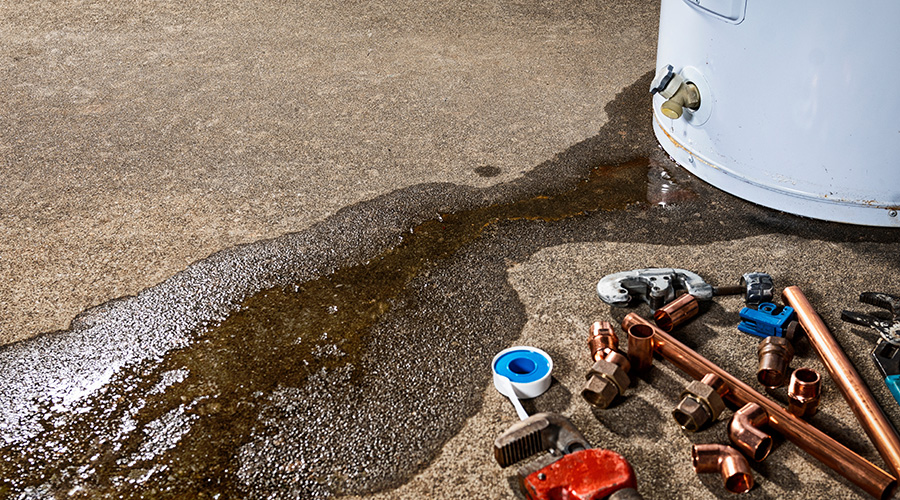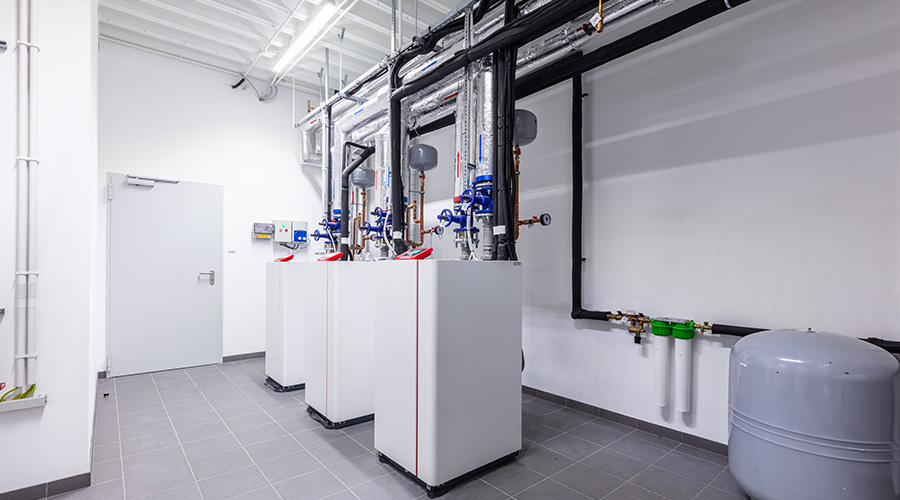Chiller Replacement Creates Operational Challenges
The arrival of the four new chillers affected a number of different areas within the department and the facility. First and foremost for the department was the impact on staff.
"We went from reciprocating chillers to screw-type chillers, so crews had to be trained on that," Arnold says. "And the building operating system was compatible with what we were using, but the whole system was changed out. So the automation system this new chiller had, we had to learn that.
"There was a period of time of training, getting to use the laptop with the system and learning the new software that controls the new systems. But now that we're getting standardized, it's easier for everyone to make that transition."
The units also have affected the organization's overall bottom line, thanks to benefits in energy efficiency.
"We certainly have seen some money from energy savings," he says. "That was almost immediate. I don't have an exact dollar amount, but they've saved quite a lot in kilowatts — at least 100,000 to 200,000 kilowatts per year."
Given the potential for problems created by installing the new chillers during the school year, Arnold says the operation came together so well in large part because of proper planning.
"The project actually went very smoothly," Arnold says. "To change out the four chillers in a week's time while the building was in operation was pretty successful. There's always some unforeseen things that you'll encounter, but just having the right contractors and the right staff, anytime you hit those obstacles, they're much easier to overcome."
Related Topics:













